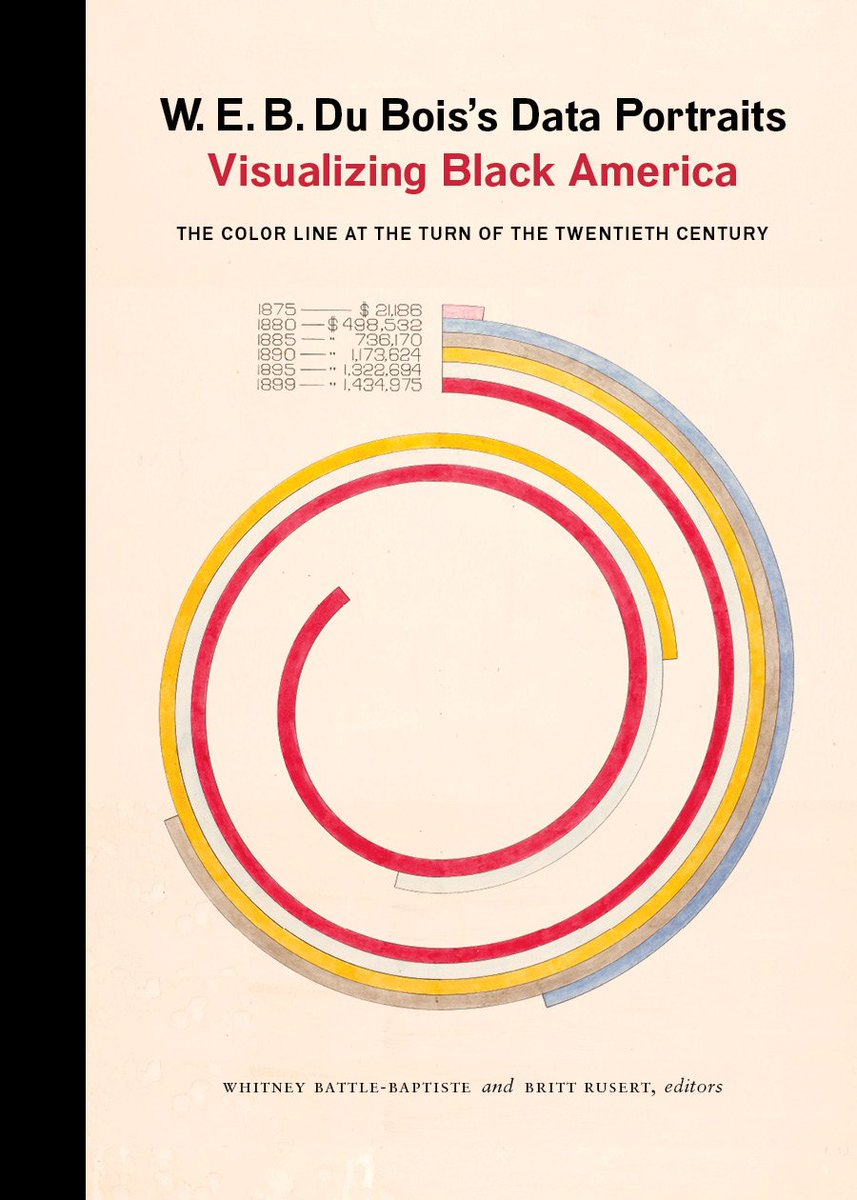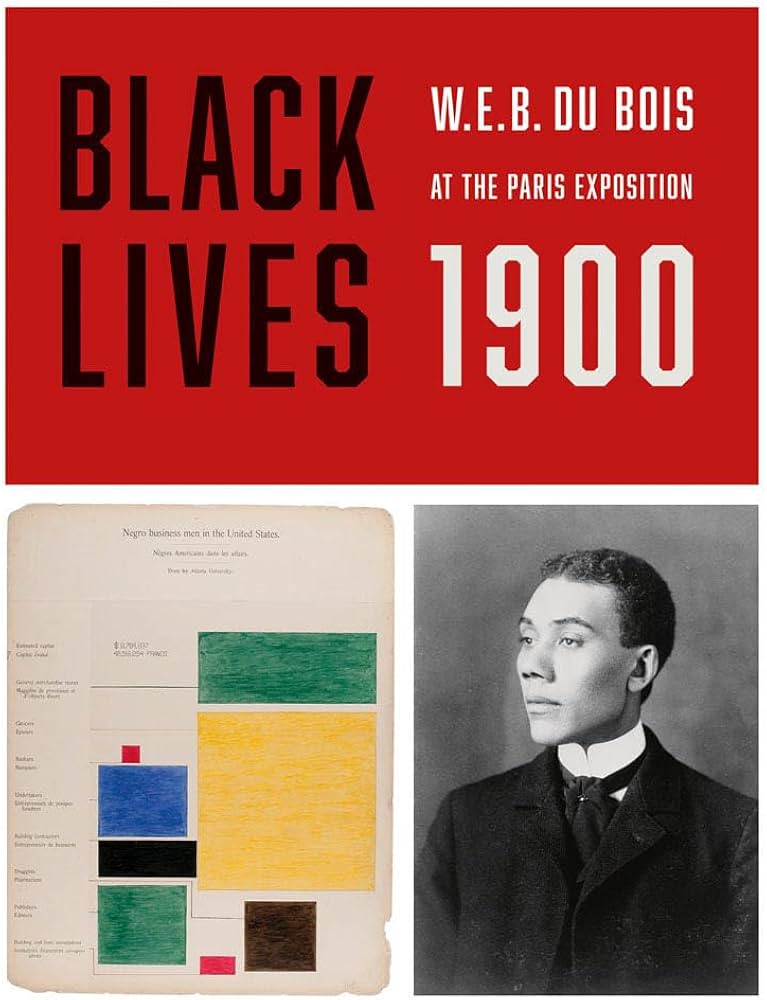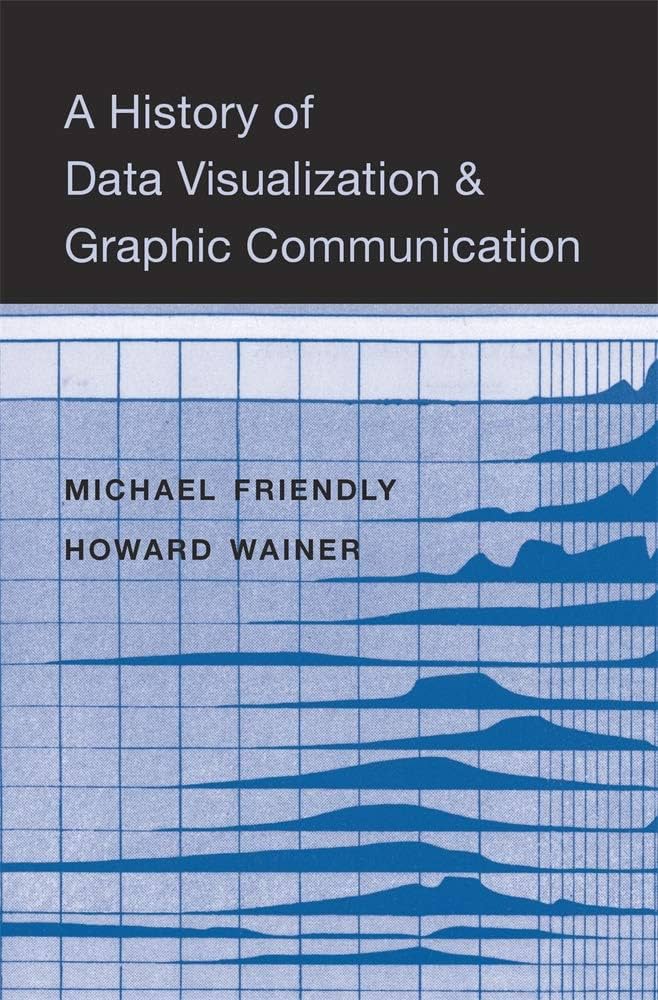In 1900 Du Bois got the chance to explore some of these ideas on an international stage. That July he participated in the First Pan-African Conference, in London, where he helped draft an open letter to European leaders calling for the right to self-government for Caribbean and African nations and enhanced political rights for African-Americans. He then went on to Paris to oversee an unusual project he had worked on feverishly for months: the “American Negro Exhibit,” which appeared at the 1900 Paris Exposition—the largest world’s fair to date, heralding the arrival of a new century. It was an opportunity to demonstrate to millions of visitors the achievements of US Blacks in the thirty-five years since the end of the Civil War, using modern methods and data from the field he had pioneered.
After the first world’s fair, the Crystal Palace Exhibition in London in 1851, Paris had been the site of four world’s fairs and had become known as the “Queen City of Expositions.” The French were determined to make the Exposition Universelle of 1900 the most impressive of all, allotting 350 acres to it in the center of Paris. Forty countries participated, many of them building their own elaborate pavilions inspired by some famous structure or landmark from their native land, while displays of the countries’ contributions to science, culture, and industry were placed in satellite buildings.
The Americans modeled their pavilion after the US Capitol, and in the Palace of Social Economy and Congresses exhibited information about labor unions, tenement housing in New York, libraries, and industrial regulation. And in one corner was an eye-catching display, set up like a small study, titled “Exposition des Nègres d’Amérique.”
Originally there was no plan to include African-Americans in the US presentation. But two Black men, Daniel Murray, an assistant librarian at the Library of Congress, and Thomas J. Calloway, a lawyer, newspaper editor, and confidant of Booker T. Washington, had realized that the exposition was the perfect venue for showing the world some of the achievements of Black America. Calloway had been a state commissioner for the Atlanta Exposition of 1895, where Washington gave what has come to be called his “Atlanta compromise” speech, in which he suggested, among other things, that Blacks stop agitating for social equality and full voting rights in favor of working for economic self-improvement.


